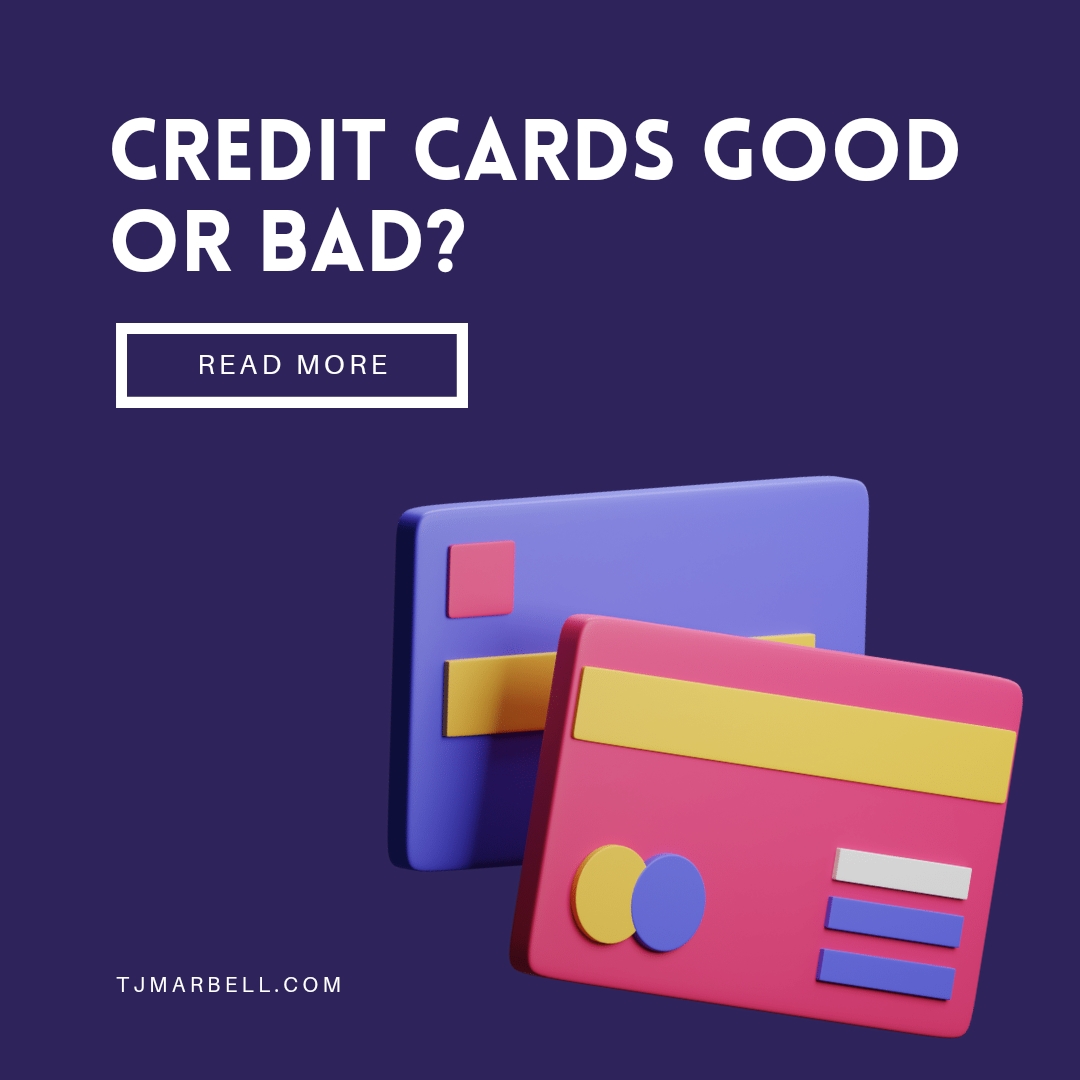
Hey Marbs!
I know it has been forever! I was trying to come back in September, but here I am in what I consider the best month of all, October!!! Thank you for all the other months. You are great! But October, what can I say, just something about it! Anyhew enough talking about my birth month, and let’s get right into it!
Credit Cards good or bad?
Every 18-21 year old who has not already experienced their first student loan may definitely dabble in applying for a credit card. Yes, in our minds, the idea of shopping now pay later is exciting and even unbelievable. For me, it was as close to rich as I could have been! Lol! Back in 2006, I applied for my first credit card to help build my credit. I was never added to my parent’s credit card account, so I had to do this credit life all on my own, and in a way, that was a good thing.
You see if your parents chose to add you at age 16 to any cards as a co-owner or authorized user of their card. Allows the child to begin building their credit way before 18. The only downside to this; is, for a moment, you would be sharing a credit history with your parents, and they would be sharing theirs with you as well, like a cell phone plan. So if you decide to max out the family’s credit card, your parents and you will have that recorded on your credit history. Remember that your parents have already worked hard on their credit history before you were even born, so don’t mess it up!
Interest & Card limits
With my $500 card limit in hand, I never thought about interest back then. But once you have been in this credit game for a while, you realize that interest should be the first thing to consider for a credit card. My interest at the time was 16.25%, and for all those Mathematicians out there, you can get to calculating. But this is how some credit cards go! In this case, you have an APR (annual percentage rate) of 16.25%; APR is the simple interest rate charged to a borrower( you) over a year.
Card limit: $500
APR :16.25%- 500*16.25/100=$81.25
Monthly interest charged:-$81.25/12months=$6.77
Therefore if you spent the card limit; over the next 12 months, you will repay the bank a total of $581.25, not just the $500 back. This is why you should take the time to consider the APR when selecting credit cards. If you are a spender like me, stick to the cards that give you a low limit and low rate because, Marbs, you do have to PAY IT BACK!
Fico & Credit Scores
I will not be going through the Math on this, but know that they are three major credit bureaus Experian, Equifax, and Transunion. These bureaus record your payment history, the number of active or closed credit cards and collect all credit information from wherever you may have applied or house a credit card or any loan. They do a little more, too, but I will encourage you to visit those sites for more details. Also, my international readers, please visit your local bank online banking or ask your local bank or credit union to see what will be the equivalent version of the bureaus where you live.
A Fico score uses a proprietary model to generate five factors: payment history, credit utilization, credit age, credit mix, and credit inquiries. Yup, pretty much the same as a credit score. Why different credit report numbers? You ask, I believe one factor is that these bureaus report final credit scores quarterly as opposed to fico scores which can take maybe two business days to update on your online banking account. Whatever the reason, please note that if you are not good with your credit cards, you will indeed have a low credit score which can result negatively for you if looking to buy a home or even applying for a job.
Cash Advances
If you can avoid taking a cash advance off a credit card, please do! The process is challenging to start with and makes it harder to pay off. Your APR is usually higher, and your limit is lower, let’s review our earlier example.
Card limit: $500
Cash advance limit: $200
Cash advance APR: 19.25%
Breakdown: 200*19.25/100=$38.50
Banks transactions Fee 5% of $200= $10
Monthly payments: $3.21+ $10=$13.21
See what I mean! If you have to use your card for a cash advance, please make a payment for the full amount of the cash advance before the next billing cycle/statement, which is usually 20 -30 days. Sorry guys, all this math is exhausting!
In all, look for low-interest rates and manageable limits when shopping for credit cards. Don’t make cash advances! Create a reasonable payment habit for paying off cards. Credit is like any grading scale. Do well, and you have a high credit score which allows you to borrow money as one of the most outstanding students in a class. Bad credit can limit your borrowing ability for many years.

Sources:
https://www.investopedia.com/fico-score-vs-credit-score-5214435
